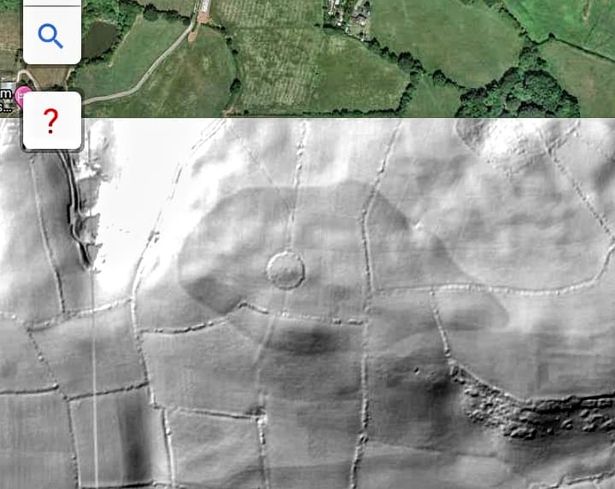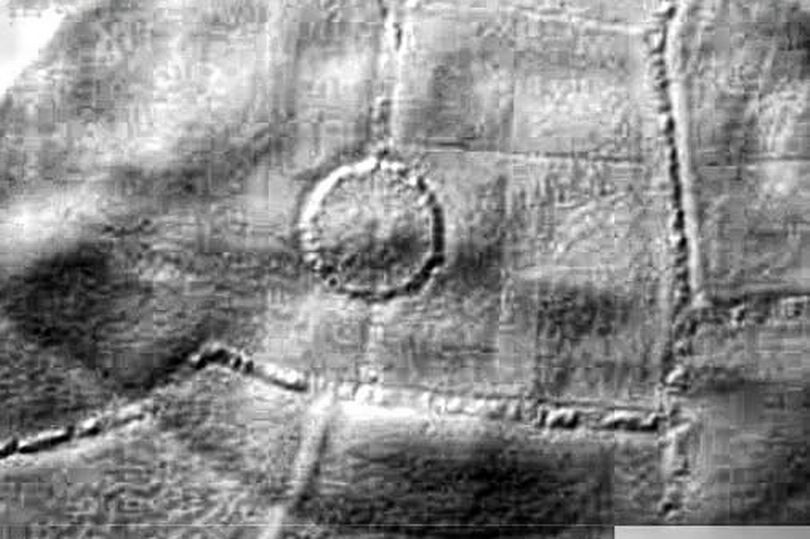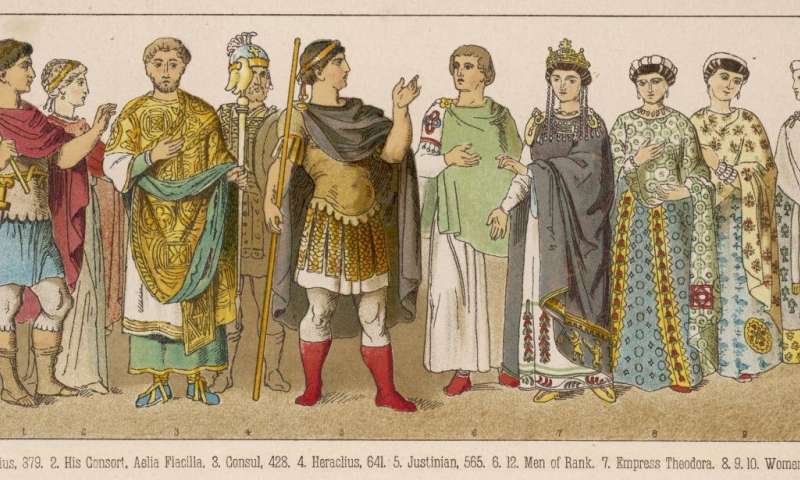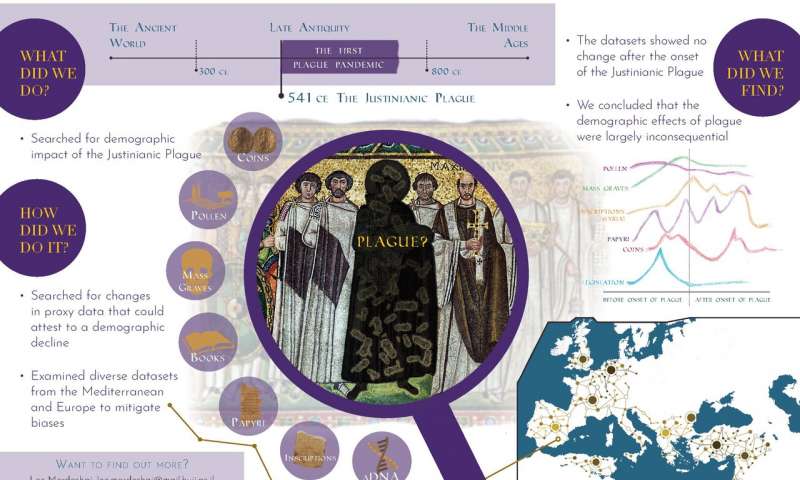An amateur archaeologist and photographer has discovered what looks like two hidden hill forts by the use of laser light technology. Fantastic work – see https://www.devonlive.com/news/devon-news/lost-bronze-age-hill-forts-409… … He lives in Brixham, a fishing port on the south coast, and says he has been working off and on to get the filters right over a couple of months. The idea came after reading about the same technique being used in South America in order to locate lost civilisation sites in the jungle. Both sites are on hills – one near Paignton, and the other at Berry Pomeroy. Both are covered with distinctive clumps of trees.


Over at https://phys.org/news/2020-05-narratives-infectious-disease-justinianic-… … the severity of the Justinian Plague is now under review, it seems, changing the narrative. It was previously thought it was responsible for the loss of half of the population of the Roman Empire, an idea that was bound to disintegrate when other factors were taken into consideration. However, this study does not do that as it mostly alights on the plague numbers. Mathematical modelling, we are told, was used to counter written accounts of the day. The numbers of people that died in Constantinople are the most obvious target to assess and that is what was done. The plague struck in AD542 which just so happens to coincide with an extremely cold blip in tree rings (as a result of two volcanic eruptions). Might famine have also played a role?


At Constantinople it is claimed 300,000 people died of the plague – out of an estimated population of 500,000. That would seem, on the face of it, a trifle overblown – if not contrived. Hence, a modicum of scepticism is required and generally this is applied. We might for instance assume it to be a figure over several outbreaks and therefore several generations. However, what we might glean useful from the study is that no known single transmission rate precisely mimicked the outbreak dynamics. I bet they never thought about Panspermia – diseases from space. See https://cosmictusk.com/corona-virus-from-space-wickramasinghe/ (sent in by William). Presumably the authors are thinking only in terms of people to people infection, and the kind of mainstream ideas on how virus are passed on. If instead we were to take into account germs in the atmosphere it is clear that some places would have a lot of infections and other places hardly any at all. A bit like bird flu if you like. The birds got the blame but it was possibly rampant in the atmosphere instead. Migrating birds may also have played a role. All we can say is that it is a possibility and one that was not part of the study.
See also https://phys.org/news/2019-12-justinianic-plague-landmark-pandemic.html
Finally, Roger Bacon had something to say to people of today (but the idea will fly in the wind to nowhere) – see https://phys.org/news/2020-05-english-scientist-roger-bacon-year-old.html
